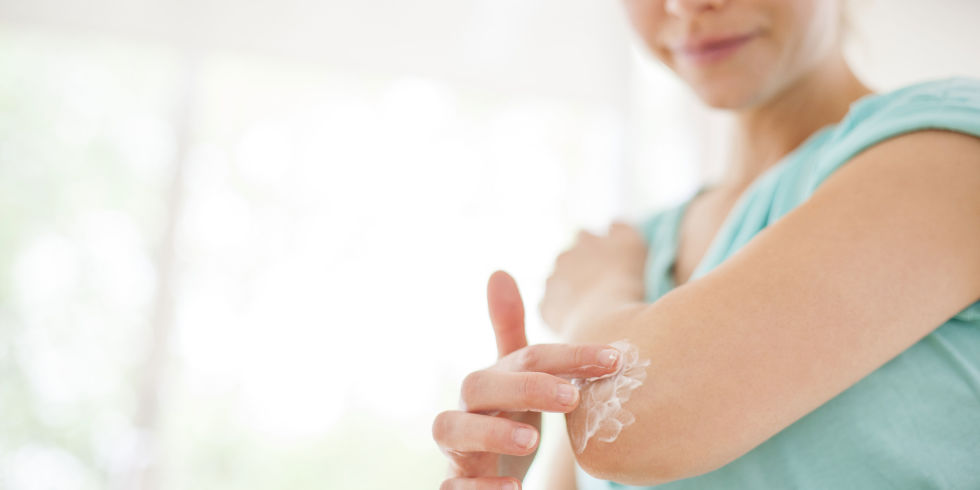What Is Eczema and How Can It Be Treated?

Eczema is a condition of the skin that is not curable. It can be treated, however, so that it does not cause as much discomfort. This condition can also affect the hands, which is known as hand dermatitis. The condition, which affects about 10% of the population, results from both external and internal causes.

The condition can come about as the result of genetics, or be the result of external causes can such as allergens or irritants. The irritating nature of some chemicals can cause people in certain jobs to contract hand dermatitis. Therefore, this condition is often associated with jobs involving healthcare, hairdressing, cleaning, catering or mechanical activities. The inflammatory condition will not spread. Having the condition, however, can impact your social life, work, and self-esteem.
The primary symptoms of hand eczema include:
These symptoms are indicative of eczema on other parts of the body as well and are normally treated with moisturising products such as Dermeze. In addition to the hand eczema just mentioned, a specific type of hand eczema exists that is called pompholyx. The cause for this eczema is unknown, but tends to occur more often in women. Each outbreak results in itchy, small blisters on the palms of the hands. This type of hand eczema can appear and disappear over time and is notoriously challenging to treat with any sort of efficiency.
Atopic dermatitis or AD is another kind of eczema that causes inflamed, itchy skin. A good portion of people in the world have symptoms of eczema and many people suffer from a more severe form of the disease, atopic dermatitis. Atopic dermatitis is usually seen on the back of the knees, the face or inside of the elbows, however, it may appear on any part of the body. AD falls under the classification of diseases that are considered atopic, which originally referred to allergic reactions, such as hay fever or asthma.
Usually, eczema will begin in childhood, or soon after birth. The symptoms include dry and itchy skin that exhibits cracks or a scaly appearance. The cracks can appear behind the ears and rashes may develop on the arms, legs, or cheeks. The condition alternately worsens and improves. During the flare-ups, crusted sores or open weeping may develop. Therefore, people with eczema or AD often experience dry skin, hand dermatitis, staph and herpes infections, eyelid dermatitis, or cataracts. The disease can also take its toll on family or social relationships.
As you can see, regardless of the form that eczema takes, it can impact a person’s life both emotionally and physically. If you suffer from any form of eczema, look at your skin care options carefully. You can make your life more pleasant when you use the right eczema friendly moisturiser. Don’t delay getting the needed therapy—there are products out there that can lessen the impact of the condition.
